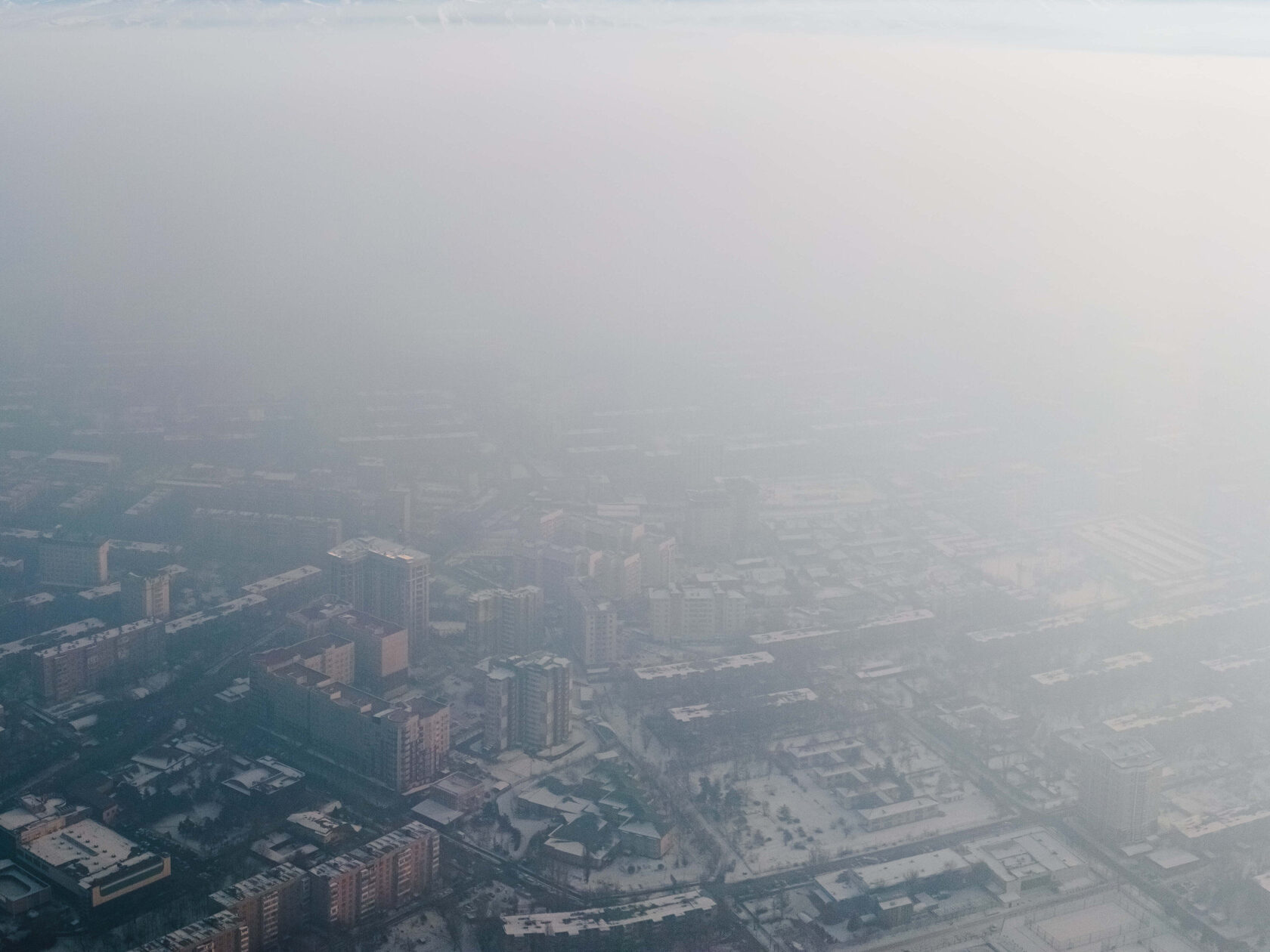Overview
Airvoice has implemented a network of 24 air quality monitors in one of Northeast Asia’s most polluted cities. This initiative empowers local researchers and the public by providing reliable data to track pollution trends.
Facts and Numbers
Area: Major city in Northeast Asia
Monitoring Network: 24 stations
Project Duration: Ongoing with over three years of data collection
Technology: Monitors equipped to measure PM2.5, PM10, temperature, humidity, and atmospheric pressure
Challenge
The city, nestled between hills and a major river, and heavily reliant on coal-fired power stations, faces severe air quality challenges. The topography and heating methods contribute to severe pollution episodes exacerbated by the dense residential areas and industrial activities. Periods known as "black sky" days can last up to 20 consecutive days. All this made a comprehensive monitoring system essential for understanding air quality patterns and mitigating pollution.
Solution
To address these challenges, Airvoice deployed a high-density network of compact, cost-efficient monitors designed to withstand extreme conditions, including winter temperatures as low as -50°C. These monitors are strategically placed, including near weather stations for continuous calibration, which ensures data accuracy. This setup extends coverage to previously unmonitored areas, such as remote localities and near major industrial sites, significantly enhancing the city’s monitoring capacity.
Calibration and Mapping
Key calibration is performed at two of the 24 monitoring stations located adjacent to professional weather stations, aligning with regional environmental management standards. This ensures the network's measurements are both accurate and credible.
Results and Impact
The comprehensive monitoring network has provided significant insights into air pollution dynamics, including:
These data have enabled local authorities to make informed decisions, improving public health responses and effectively managing environmental risks.
- Patterns of pollution during anticyclonic conditions.
- The distribution of smoke plumes from forest fires.
- Variations in PM2.5 concentrations due to the city’s landscape and proximity to the unfrozen river, affecting pollution dispersion across districts.
These data have enabled local authorities to make informed decisions, improving public health responses and effectively managing environmental risks.
Due to a non-disclosure agreement, the screenshots are from a different location and are used here for illustrative purposes only.







